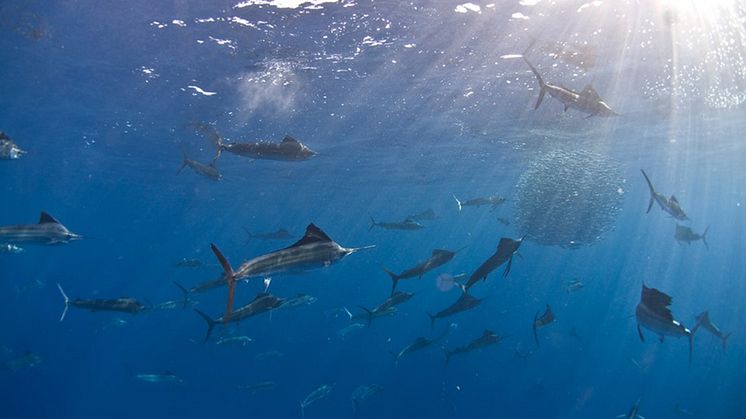Upsalite® inhibits bacteria without penicillin
The mesoporous magnesium carbonate Upsalite® is shown to inhibit growth of Staphylococcus epidermidis, bacteria associated with acne and hospital acquired infections. That is the result of a study published in ACS Omega, by researchers at Uppsala University. The results open up for development of materials inhibiting bacterial growth without the use of antibiotics for e.g. dermal applications.

